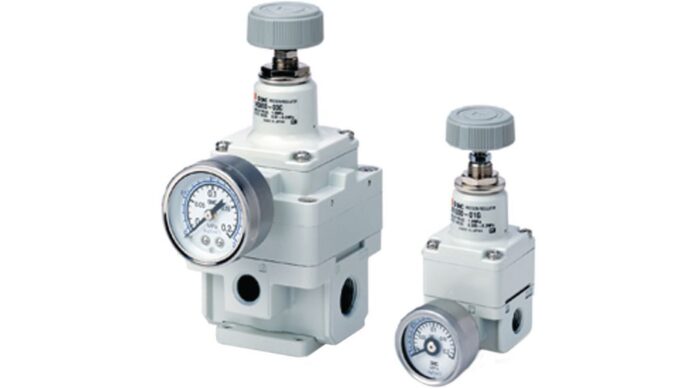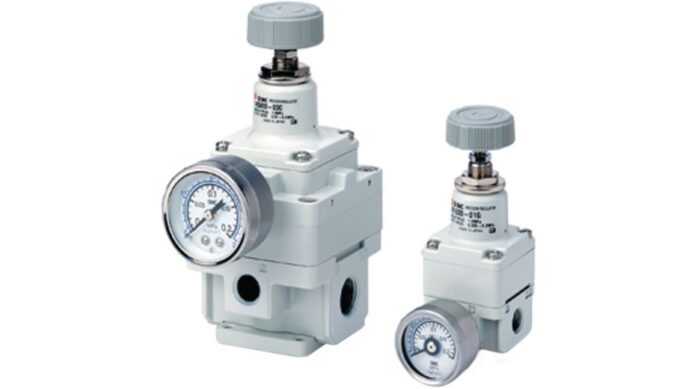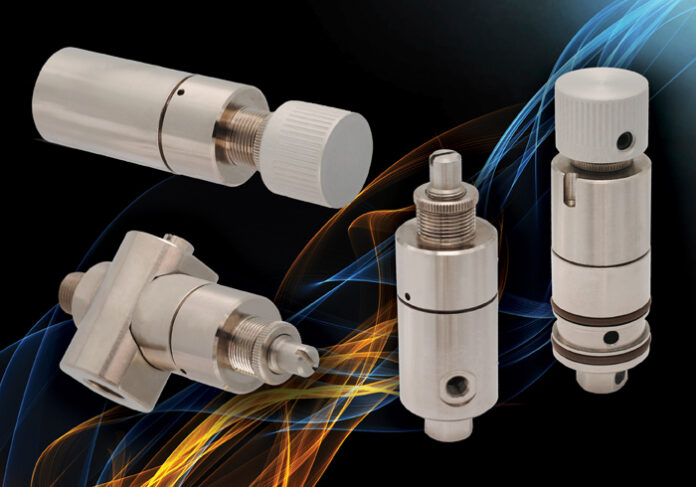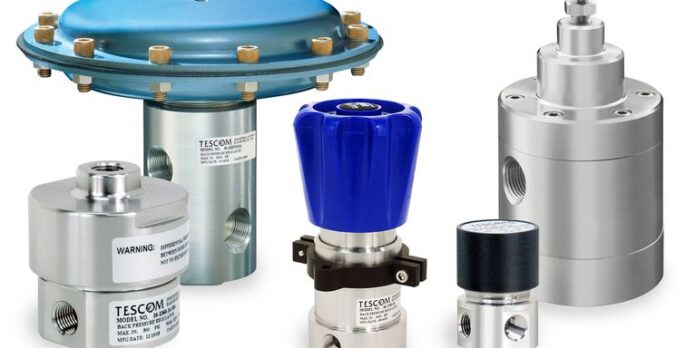2021-10-29
What Are Precision Pressure Regulators & How do They Work


Source:distrelec.de
When it comes to air compressors, one of the most essential components is the air tension device. There is a wide array of options that you could opt for – from FRL and pilot-managed models to precision pressure models, all the way to general-purpose options that can be used in both industrial and commercial settings.
But, what are these components? How do they work? Are they suitable for most application processes? Luckily for all people that are asking themselves the same thing, the article below can provide you with the answers you’re looking for. Here is our 2021 guide for understanding what these devices are and how do they work:
Precision Pressure Regulators: Explained

Source:clippard.com
To understand a precision load regulator, you first need to understand what these components are. Generic models are most commonly measured for 20 bar channel load, and they also have an outlet of up to 15 bars, but this will rely on the elements utilized in the building processes. There are also pilot-managed options that utilize air pressure instead of a spring. This is exactly what enables commands from a distant location.
As you might have guessed by the title, a precision pressure regulator offers a better and more precise adjustment of force over the range that has been recommended. In most situations, they’re utilized for the pilot supply of the pilot-operated models. You should know, some of the options available on the market may need particular pre-filtering, that’ll allow them to, for instance, guarantee that the air is 6-micron and free of oil.
So, How Does it Work?

Any pressure valve will be manufactured from three important components – a component that can reduce or restrict the load, a sensing component, as well as a reference force component, which is, in most cases a spring. While operating, the force created by the spring opens the lid and this is exactly what adds stress to the sensing component which will close the air cylinder until it can maintain a force that was previously set.
There Are Two Types to Choose From
Whether you opt for a regulator that features a rodless cylinder or an air gripper, there are two types that you could opt for – a non-relieving and relieving regulator. Non-reliving valves won’t allow excess pressure to be released into the atmosphere, however, in most situations, you’ll need to release it in order to finish the entire process, and this is exactly why a downstream valve is implemented.
On the other hand, a relieving option will enable high tension to be adjusted to moderate pressure, even if there is a situation that is dead-end. This means that it’ll relieve the extra downstream load into the environment. Keep in mind, when it does relieve the load, it’ll most likely produce a really loud hissing sound that you’ll definitely hear. Hence, don’t be worried if you hear the sound, the regulator is functioning normally.
When talking about precision models such as the ones offered by Chelic, they can, in most cases hold pressure within more or less 0.5 to 1.5 PSI. If you require a precision load setting for one of your processes, you must know the load variation figures, and you must also inform the manufacturer about it, mostly because this will ensure that you get a model that suits your application requirements and needs. And, you should know, this type is often more costly than other types.
These regulators can also come with a wide range of features. For instance, it could come with a lock that can be supplied without or with gauges, and additionally, they are also available in various formats, including an electronic format. Of course, the accessories and features you opt for will entirely depend on what you’re planning on using it for, but it’ll also depend on your personal preferences.
What to Consider When Choosing a Model?

Source:emerson.com
Now, before we conclude this article, there are a few things worth mentioning, all of which are quite important. Hence, if there is one thing that you must take away from this article, it’s the fact that you should carefully consider the features of the precision pressure regulator. Thus, when browsing through your options, some of the things that you definitely need to consider are the following things:
- The Load It’ll Operate on – one of the first things that you must consider when looking for a model is the practical pressure. Hence, you must figure out what is the effective load at the input port, but you need to also determine the demanded controlled pressure for the output as well.
- The Course Conditions – as we mentioned in the paragraph above, a tension regulator isn’t a flow controller, however, there is a connection between the 2 components. All companies that manufacture regulators will provide you with a graph that’ll show the flow as it operates, and it’s essential for you to know the necessary flow range.
- The Environment And Substances – though you probably concentrate on compressed air as the means, there are some applications that might require the utilization of different gases. This is why it’s quite critical that the lid is resistant to the substances you might be utilizing. The conditions will also impact your decision. For instance, in a harsh environment, you’ll need a pilot-operated model since you’ll be able to adjust it remotely.
- The Temperature, Load, And Size – lastly, you must consider the temperature, load, and size required for particular processes. Firstly, the materials you opt for will be different if you use them in extremely hot temperatures, compared to extremely low temperatures. Additionally, some applications might require smaller regulators, thus consider these things as well.
Conclusion
Although most people think that it’s extremely difficult to understand the concept behind precision pressure regulators, it’s actually quite easy to understand. The only thing that you need to keep in mind is that you’ll have to inform the manufacturer about the pressure variation tolerance you need, mostly because this will ensure that you purchase a model that’ll suit your needs.
So, now that you understand more about these important and quite essential components, you really shouldn’t waste your time. Instead, you might want to start browsing different manufacturers in order to find something that’ll suit your application requirements and needs.
TAIWAN CHELIC CO., LTD.
TEL : 886-2-29041235
FAX : 886-2-29068203
No.21, Guifeng St., Taishan Dist., New Taipei City 243, Taiwan
